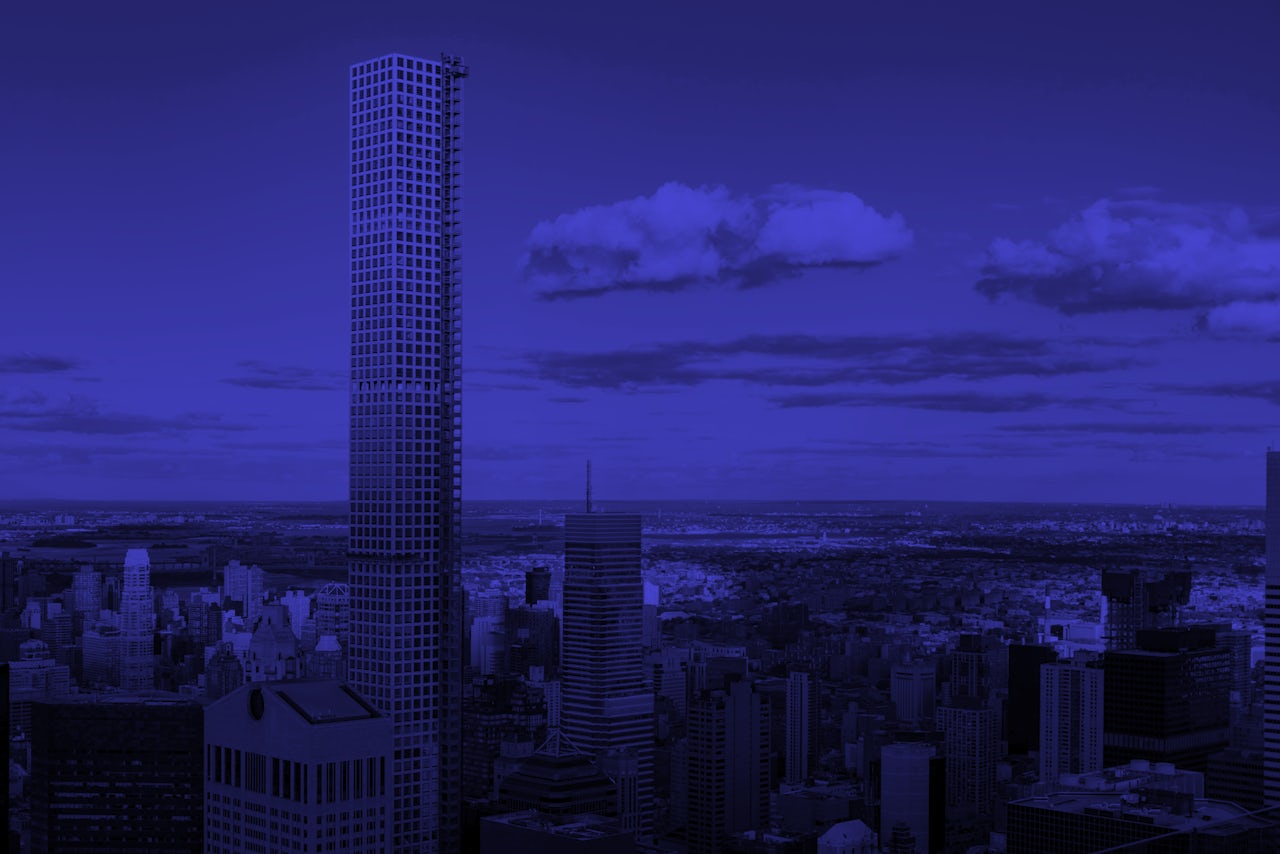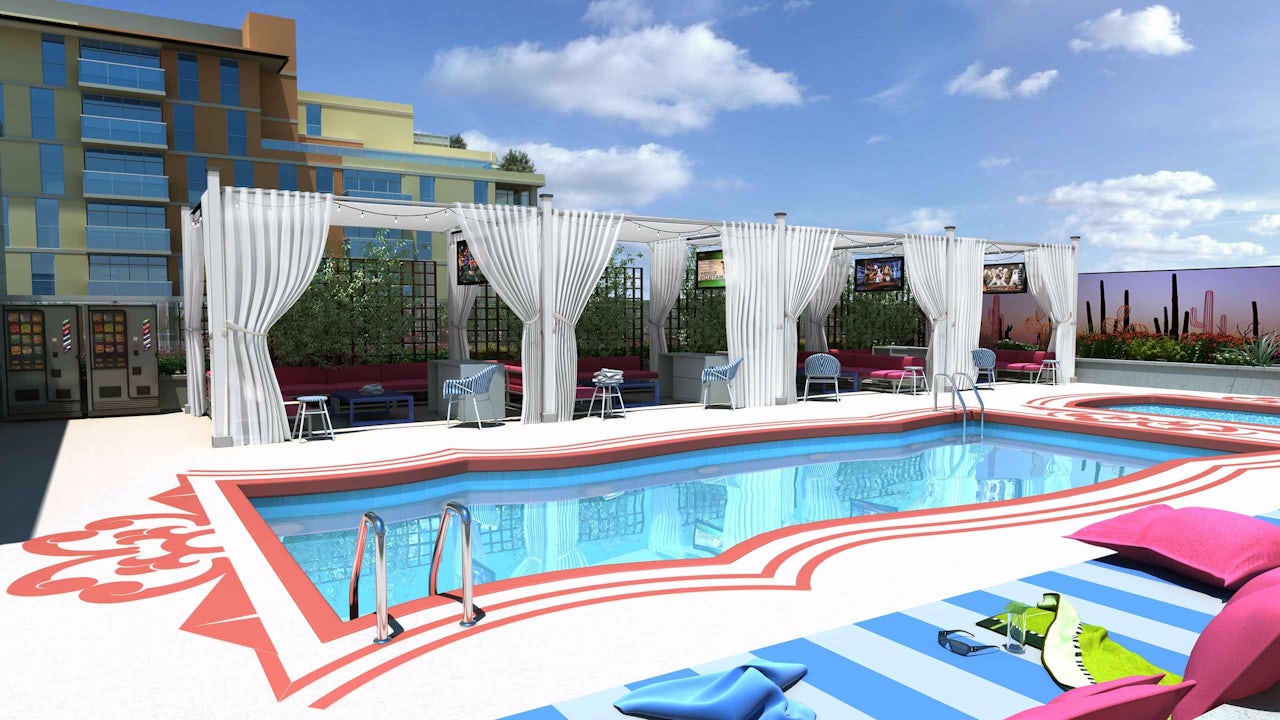New York City is in the middle of a humanitarian emergency, Michael Greenberg writes for the New York Review of Books: A severe affordable housing shortage that is pushing more New Yorkers out of their homes and onto the streets each year. The crisis doesn’t have a single identifiable root cause or symptom. Gentrification, spurred in large part by landlords’ seemingly unchecked power to raise tenants’ rents and drive out the last few who live in affordable units, is one of several contributing factors. Greenberg writes that about half the rental apartments in the city — about 990,000 — are rent-stabilized. But even those are disappearing at an unprecedented rate: 172,000 apartments have been deregulated since 2007, and more units are deregulated each year.
Greenberg spoke to a woman he identified as S, who told him her landlord raised her rent from $1,017 to $2,109 a month — which is completely legal despite the city’s rent-stabilization laws because of a “preferential rent” loophole, in which landlords charge tenants rent under market value for years before hiking it up seemingly out of nowhere. “I put up with these streets when you had to be half-crazy to go out to the bodega for a quart of milk after dark,” S told Greenberg. “We watched over this street, we cleaned it up. Why should we have to leave?”
“We watched over this street, we cleaned it up. Why should we have to leave?”
As affordable units disappear, more and more people are pushed out of the city center and, in the worst-case scenario, onto the streets. The city’s Department of Homeless Services estimates that at least 61,000 people sleep in city shelters each night, and 75 percent of homeless New Yorkers are families with children. Last year, more than 127,000 different people slept in city shelters.
Few options for affordable housing remain. The city’s affordable housing lottery is a small salve that provides a modicum of relief to some New Yorkers without addressing the crisis’ root causes. (“Affordable” housing is determined by a metric called the area median income, which is measured by calculating the median income not only in the city, but in neighboring Rockland, Westchester, and Putnam counties as well.) Between 2013 and 2015, 2.9 million people applied to live in just 4,174 affordable units, a ratio of 700 to 1. The odds aren't much better for those who apply to the cheaper affordable units: 65,000 applicants applied for just 90 units designated for tenants whose incomes were between $20,126 and $63,060.
For now, NYC mayor Bill de Blasio is pushing an affordable housing plan that will create few real solutions for tenants beyond slowly adding to the housing pool and slightly curbing their landlords' power. It may not be enough.

